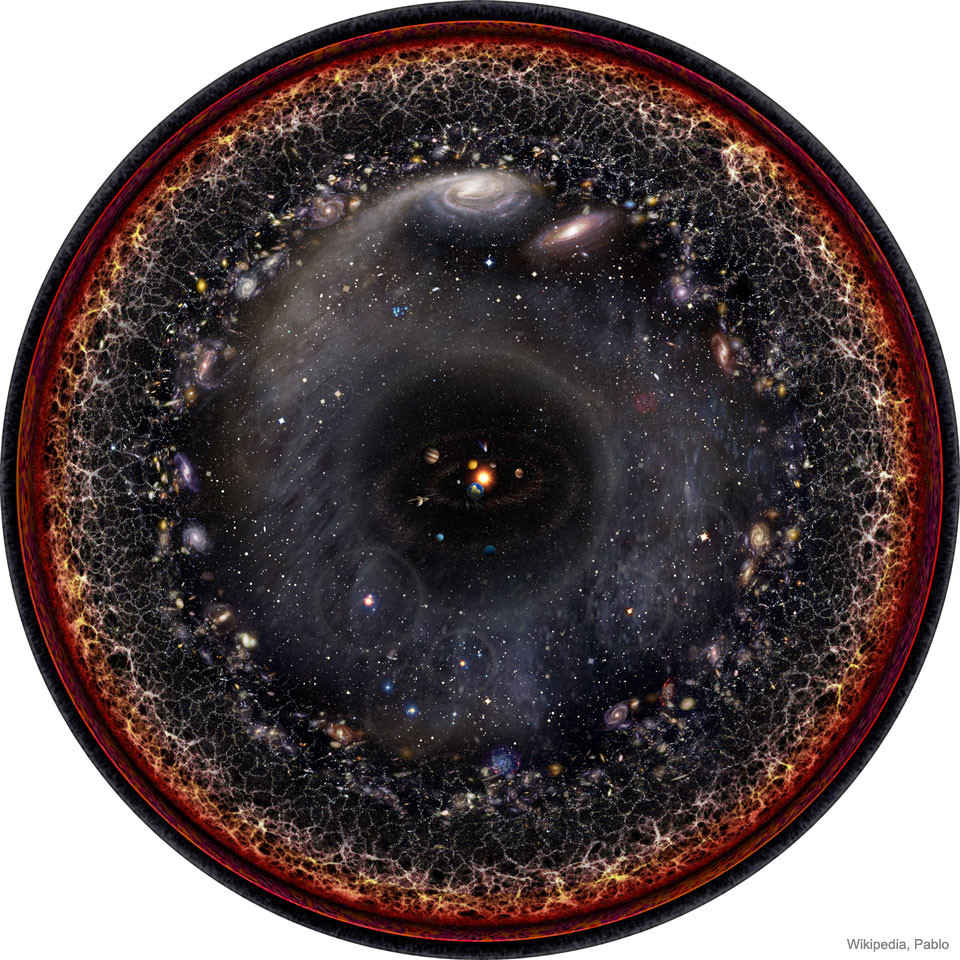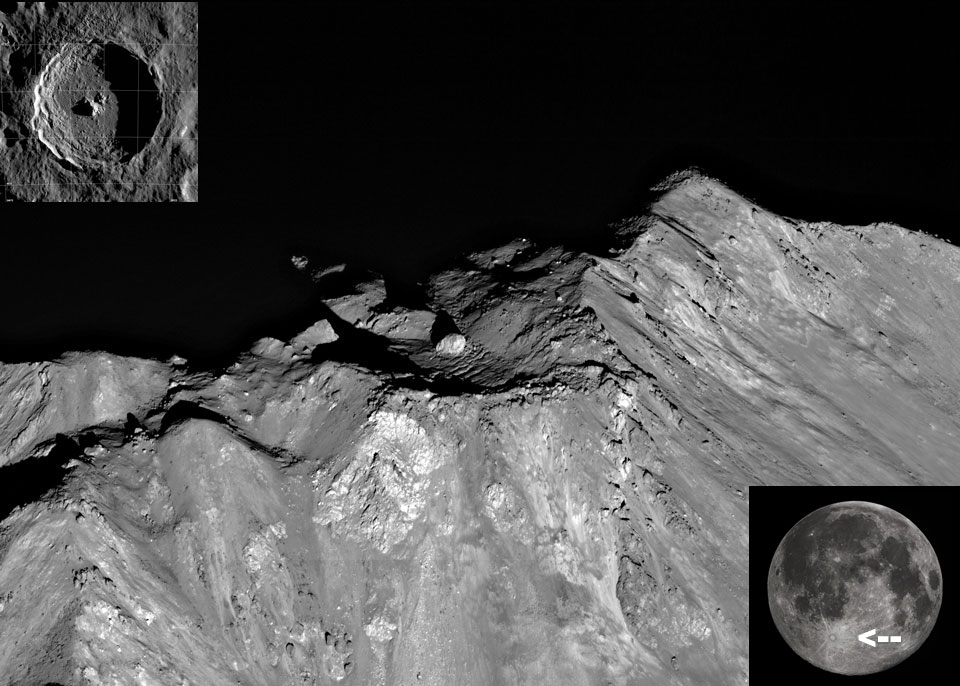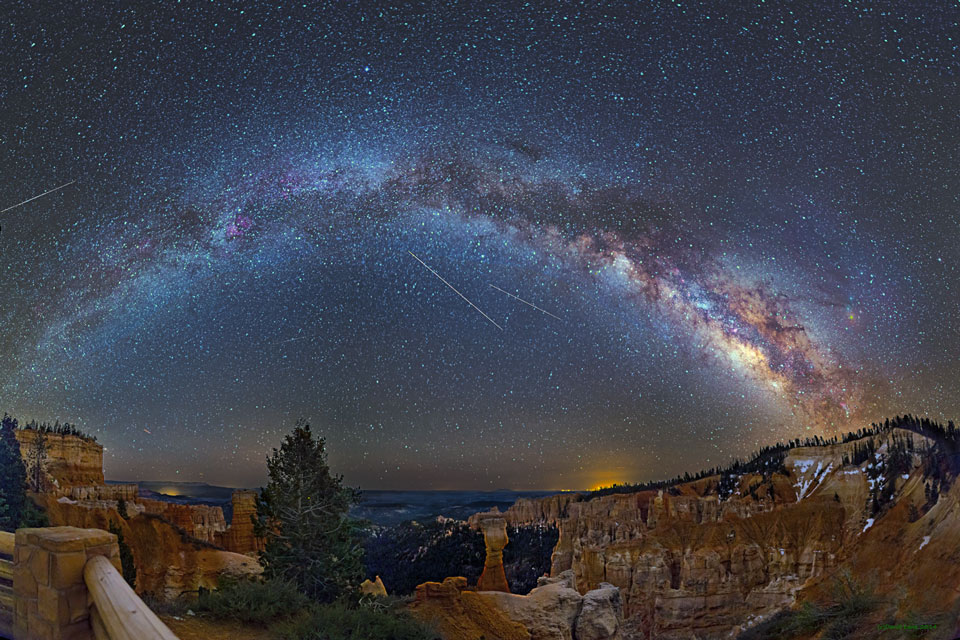
The Observable Universe

NASA Astronaut Available for Satellite Interviews Before First Spaceflight
NASA astronaut Serena Auñón-Chancellor will be available at 8 a.m. EDT Tuesday, May 15, for live satellite interviews one last time before she launches June 6 on her first spaceflight.
from NASA https://ift.tt/2KJuVgO
via IFTTT![]()
Genes in Space Students to Speak with NASA Astronauts on Space Station
Students from Houston area schools who participated in the Genes in Space challenge, will talk to astronauts on the International Space Station during an events hosted by Boeing and Space Center Houston, the official visitor center of NASA’s Johnson Space Center. The event is part of NASA’s Year of Education on Station.
from NASA https://ift.tt/2wnID5I
via IFTTT![]()
NASA Highlights Science on Next Orbital ATK Mission to Space Station
NASA will host a media teleconference at 1 p.m. EDT Thursday, May 10, to discuss select science investigations and technology demonstrations launching on the next Orbital ATK commercial resupply flight to the International Space Station.
from NASA https://ift.tt/2rpcF3p
via IFTTT![]()
NASA Highlights Science on Next Orbital ATK Mission to Space Station
NASA will host a media teleconference at 1 p.m. EDT Thursday, May 10, to discuss select science investigations and technology demonstrations launching on the next Orbital ATK commercial resupply flight to the International Space Station.
from NASA https://ift.tt/2rpcF3p
via IFTTT![]()
NASA Highlights Science on Next Orbital ATK Mission to Space Station
NASA will host a media teleconference at 1 p.m. EDT Thursday, May 10, to discuss select science investigations and technology demonstrations launching on the next Orbital ATK commercial resupply flight to the International Space Station.
from NASA https://ift.tt/2rpcF3p
via IFTTT![]()
The Unusual Boulder at Tychos Peak

Meteors, Planes, and a Galaxy over Bryce Canyon

InSight Mars Mission Lifts Off From Vandenberg Air Force Base


